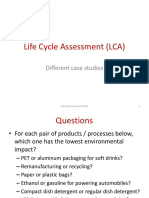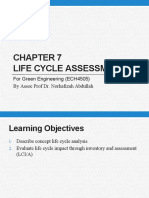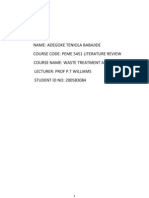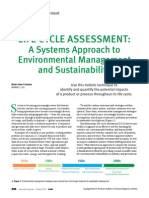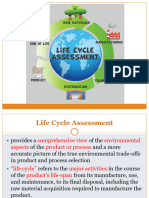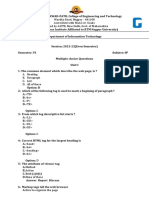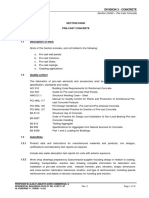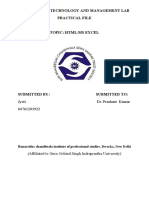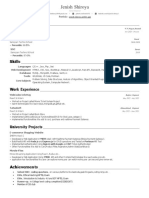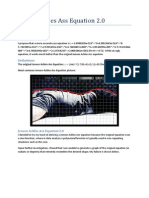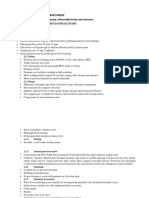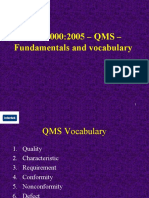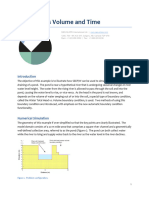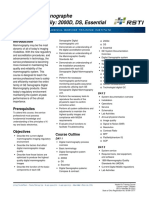0% found this document useful (0 votes)
6 views27 pagesL1 (Intro)
The document provides an overview of Life Cycle Assessment (LCA), a technique for evaluating the environmental impacts of products or services through systematic analysis of inputs and outputs. It outlines the course objectives, LCA methodology, and standards, as well as applications in various sectors such as product development, public policy, and marketing. Additionally, it includes examples of LCA case studies and practical exercises for participants to engage with the concepts.
Uploaded by
doncamilloCopyright
© © All Rights Reserved
We take content rights seriously. If you suspect this is your content, claim it here.
Available Formats
Download as PDF, TXT or read online on Scribd
0% found this document useful (0 votes)
6 views27 pagesL1 (Intro)
The document provides an overview of Life Cycle Assessment (LCA), a technique for evaluating the environmental impacts of products or services through systematic analysis of inputs and outputs. It outlines the course objectives, LCA methodology, and standards, as well as applications in various sectors such as product development, public policy, and marketing. Additionally, it includes examples of LCA case studies and practical exercises for participants to engage with the concepts.
Uploaded by
doncamilloCopyright
© © All Rights Reserved
We take content rights seriously. If you suspect this is your content, claim it here.
Available Formats
Download as PDF, TXT or read online on Scribd
/ 27












